Five Things to Know About Oversized Loads
Oversized and wide loads in the United States have some specific shipping regulations that companies must comply with for safety purposes. In America, a wide or oversized load is any vehicle and/or load that measures wider than 8’6” (2.59 m). Every state has slightly different requirements for oversized shipments, so you should also be familiar with the requirements for your particular state.
Here are five key tips you should keep in mind when preparing an oversized load for freight transportation in Aurora, CO.
Know what is and isn’t legal for flatbed loads
The legal limits for flatbed shipments are pretty consistent across all states. In general, you can count on the maximum legal load being about 8.5 feet, with the maximum height limit being the same. Legal length ranges from 48 to 53 feet, and maximum weight is approximately 46,000 pounds. There are some trucks that are able to scale heavier, but that 46,000-pound mark is the standard to aim for.
If you are in need of more specific regulatory information, check the Colorado Department of Transportation website.
Determine if your load is oversized
Weight restrictions are applied per axle, meaning your shipment might actually not exceed the weight limit, but could very well exceed the per axle limit. By adjusting the load, you can make the shipment legal and completely eliminate any need for a special permit.
However, width is the category that is most likely to make your shipment “oversized.” Again: anything over 8.5 feet wide is going to be oversized, and shipments that are 12 feet wide or more could require additional pilot vehicles in the front and/or back.
Know the rules if you need pilot vehicles
If you do end up needing pilot vehicles for your shipment, make sure you know the rules. Shippers will typically pay for hotels and other accessorial costs as part of the overall shipment cost. Escorts are necessary for particularly large oversized shipments to warn the flatbed driver of circumstances such as accidents, bridges, construction zones, traffic jams or any other hazards that will affect the flatbed driver’s driving behavior.
Know the factors that could affect your schedule
Most of the time, oversized loads with escorts can only be on the road from 30 minutes before sunrise to 30 minutes after sunset on weekdays. Most states prohibit this type of driving on weekends and holidays. In addition, drivers require permits for all states in which they will travel, and must be able to provide detailed travel routes. All of this could affect your schedule for the shipment.
Know the meanings of special markings
The size of the item you ship will determine whether or not you need flags or lights on your trailer. Red flags and amber lights indicate oversized loads and help ensure greater visibility. Travel escorts should also have flags or lights on their vehicles.
For more information about oversized loads and our hauling services in Aurora, CO, contact Osage Specialized Transport today. We look forward to assisting you!
Reader interactions
One Reply to “Five Things to Know About Oversized Loads”
Comments are closed.





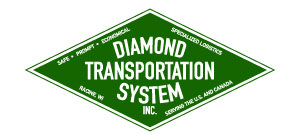


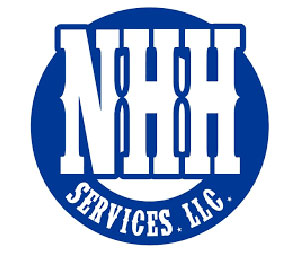
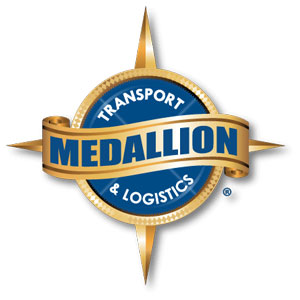
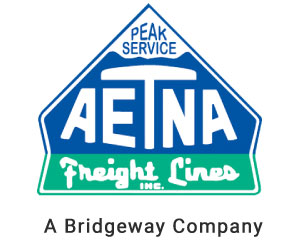




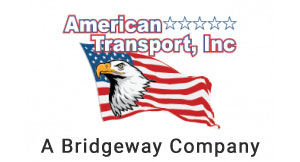
[…] of a semi, it is considered oversized. The same applies to loads that exceed a state’s specific maximum weight and height, as well. Each state has specific limitations that dictate how far beyond the edge of the towage […]